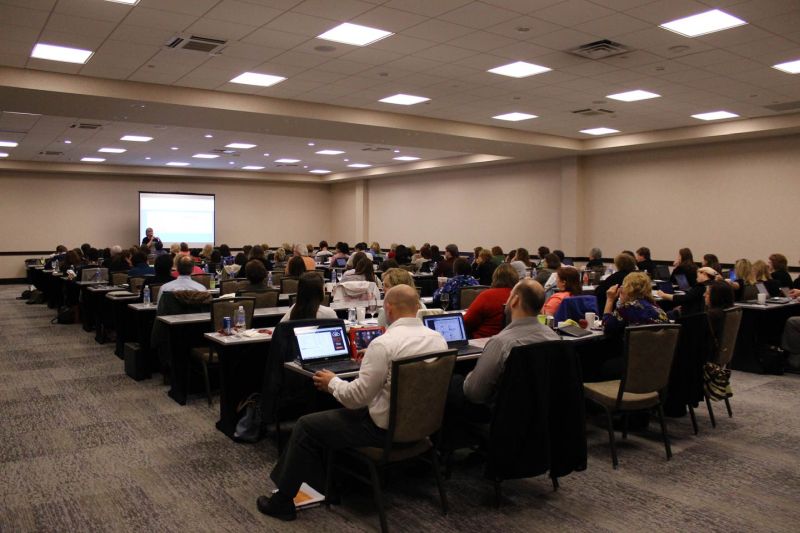Lorem ipsum dolor sit amet, consectetur adipiscing elit. At cursus felis gravida imperdiet imperdiet etiam viverra. Sed sagittis diam quam tempus pretium risus, sodales. Consectetur tincidunt adipiscing nibh interdum magna adipiscing interdum. Neque at senectus neque bibendum leo magna ultricies viverra metus. Cras eleifend auctor semper massa congue. Hendrerit vitae, viverra nunc, phasellus. In ultrices gravida fames hac.

Subscribe to the Blog
Stay up to date
You have an important meeting for your employees, but you need to keep them engaged and alert. Put yourself in your employee's shoes. In the back of their minds, they know the longer this meeting goes, the less time they have to work on their tasks. Just thinking about time management between tasks and meetings can lead to feelings of anxiety, making it even more important that your meeting is successful. It's hard to pay attention to this meeting when thoughts like, "We probably won't do most of this stuff" and "We'll get an e-mail to summarize this meeting, so it's okay if my mind trails off" enter their mind. So how long should a meeting last?
Engagement Levels
First, it's important to understand engagement levels before determining the ideal length of a meeting. Research shows that the engagement level starts to dwindle after 30 minutes. As the meeting continues after this point, the attention span decreases quite rapidly. It's not that the meeting is boring, it's just a matter of how our brains work. So what should we do about it?
Schedule 25-Minute and 55-Minute Meetings
Typically, 25-minute meetings are not daunting. They're direct and to the point, prioritizing what's important and what all attendees need to know. The 25-minute meeting can easily be broken down into:
- Five minutes to greet and farewell
- 15 minutes to determine the overall needs
- Five minutes to figure out how to go about getting those tasks accomplished
This format is great for keeping staff attentive and engaged.
The 55-minute meetings should be saved for annual reviews and large, company-wide product updates. Just cutting an hour-long meeting five minutes short actually saves a lot of time. If you have meetings back to back, you won't be late for your next meeting or thinking about your next meeting during your current one, which can ease the stress of delays and showing up late.
Both the 25-minute meetings and the 55-minute meetings will also let your staff members know that you respect their time and want to utilize it appropriately so that they can perform at their best.
When you have a meeting that's longer than one hour, you'll likely find that half of your attendees are "lost" after the 45-minute mark. If you need to have a longer meeting, include regular breaks of five to 10 minutes. Staff can use the breaks to check e-mail or even disconnect for a few minutes making them come back feeling refreshed for the next part of the meeting.
Tips for Better Meetings
If you're hoping to improve your meetings, start with the following steps:
- End five minutes early.
- Avoid letting tangents derail the meetings.
- Stay focused.
- Have a precise agenda.
- Provide an action plan for when the meeting finishes.
Hold your next meeting at Spooky Nook Meetings & Events. Get started by determining the type of meeting space needed, and then reach out to us for availability.
How Long Should A Meeting Last? | Effective Meeting Guidelines
Lorem ipsum dolor sit amet, consectetur adipiscing elit. At cursus felis gravida imperdiet imperdiet etiam viverra. Sed sagittis diam quam tempus pretium risus, sodales. Consectetur tincidunt adipiscing nibh interdum magna adipiscing interdum. Neque at senectus neque bibendum leo magna ultricies viverra metus. Cras eleifend auctor semper massa congue. Hendrerit vitae, viverra nunc, phasellus. In ultrices gravida fames hac.
03/19/2021

Subscribe to the Blog
Stay up to date
Subscribe to our Blog!
Stay up to date with the latest news from Champion Mill Conference Center!







